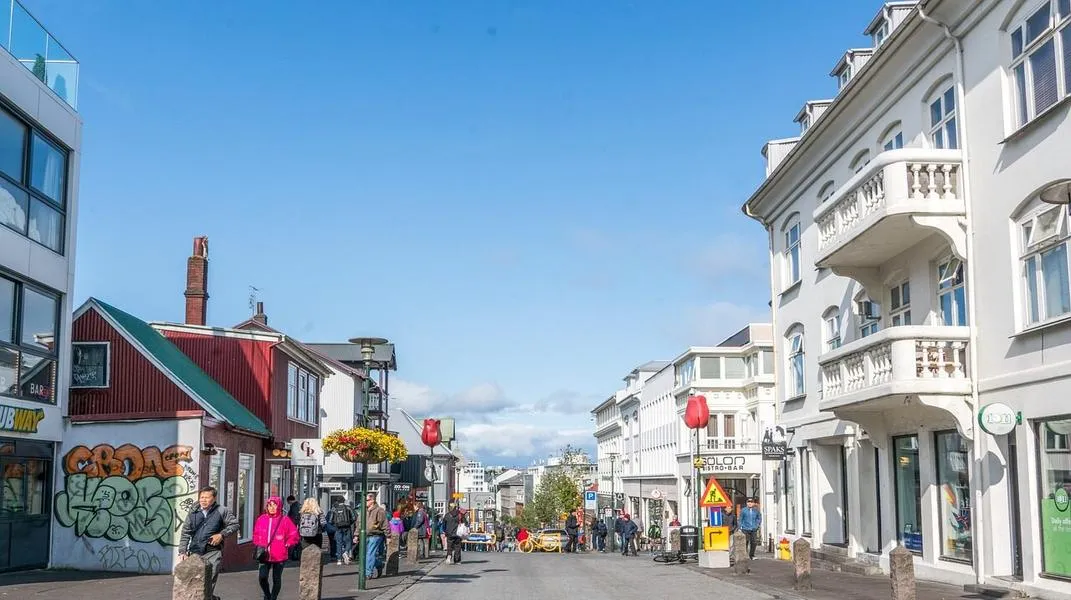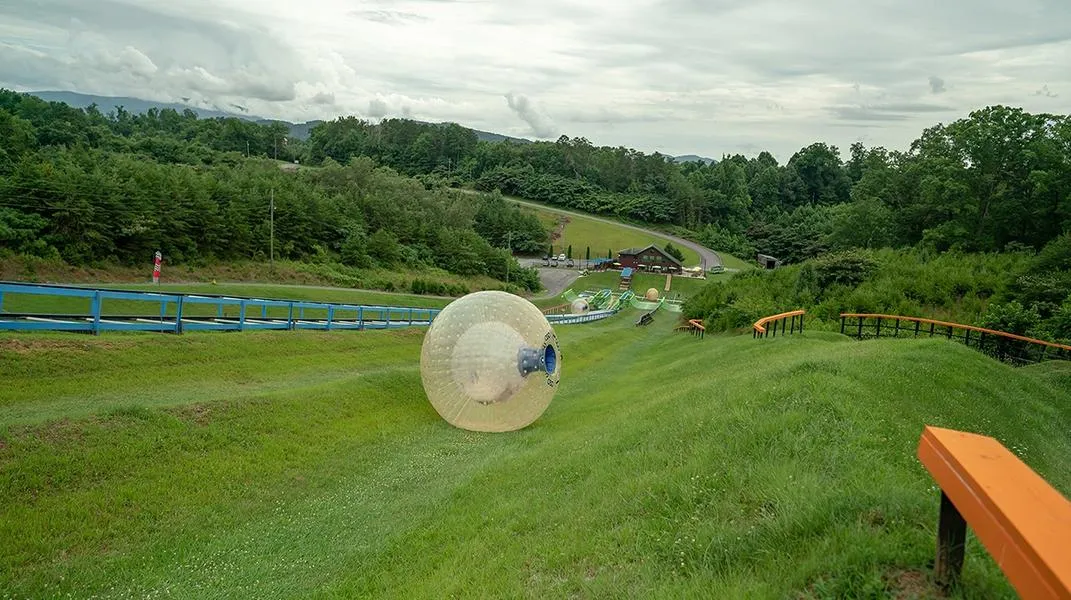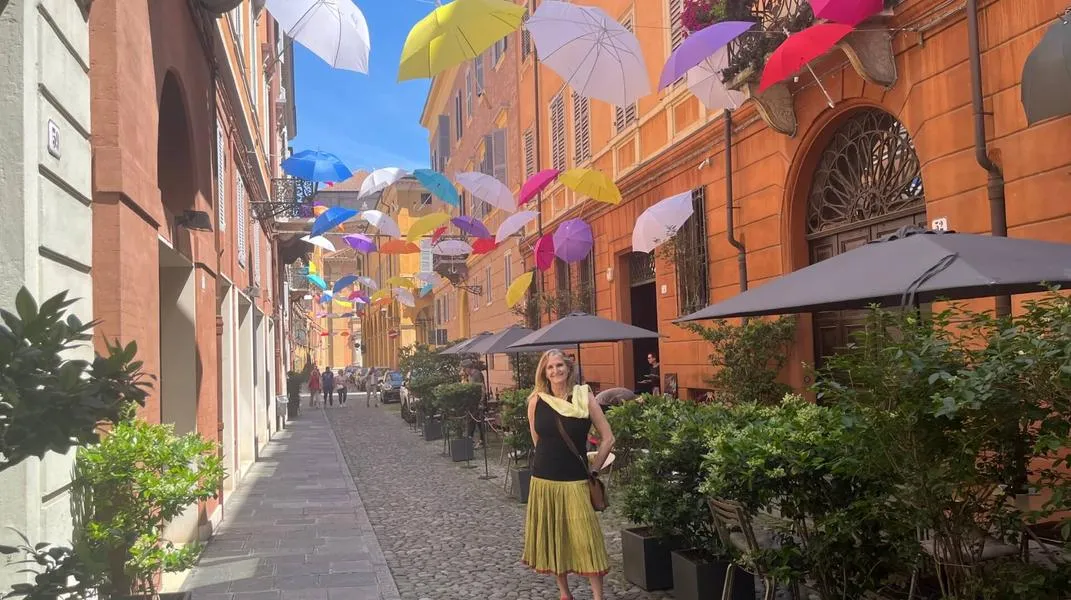Exploring Reykjavik: The Vibrant Heart of Iceland
Reykjavik, the capital and largest city of Iceland, is an enchanting destination that beautifully blends modernity with rich history and stunning natural landscapes. As the northernmost capital of the world, Reykjavik is known for its colorful buildings, rich culture, and proximity to some of Iceland's most spectacular natural wonders. This article serves as a comprehensive guide for tourists planning to visit Reykjavik, detailing its attractions, history, culture, and essential preparations for an unforgettable trip.

A Brief Overview of Reykjavik
Reykjavik is not just the political and cultural hub of Iceland; it is also a gateway to some of the most breathtaking scenery and adventure activities that the country has to offer. With a population of approximately 130,000, about one-third of Iceland's total population, the city is small but vibrant. Visitors will find charming neighborhoods, an array of museums, a lively nightlife, and an abundance of outdoor activities.
Historical Significance
Founded in 874 AD by Norse settlers, Reykjavik has a rich history that is deeply tied to the Viking Age. The name "Reykjavik" translates to "Smoky Bay" in Icelandic, derived from the steam rising from the hot springs in the area. Over the centuries, Reykjavik evolved from a small fishing village into a bustling urban center. The city's history is vividly portrayed in its museums, architecture, and cultural festivals.
Major Attractions in Reykjavik
1. Hallgrímskirkja
One of Reykjavik's most iconic landmarks, Hallgrímskirkja, is a must-visit for any tourist. This stunning church, which stands 74.5 meters tall, is designed to resemble the basalt columns found throughout Iceland. Visitors can take an elevator to the top for panoramic views of the city and the surrounding mountains and sea. The church is also home to a magnificent pipe organ with 25 stops, offering concerts throughout the year.
2. Harpa Concert Hall
Located by the harbor, Harpa Concert Hall is a stunning architectural masterpiece that hosts a variety of musical performances and cultural events. The building's glass façade, designed by Danish-Icelandic artist Olafur Eliasson, reflects the changing colors of the sky and sea, creating a captivating sight. Visitors can explore the halls, attend a concert, or simply enjoy a coffee at the on-site café while taking in the views.
3. The Sun Voyager
A symbol of exploration and discovery, the Sun Voyager (Sólfar) is a beautiful sculpture located along the waterfront. Designed by Jón Gunnar Árnason, this dreamboat-like structure represents the Viking ships that sailed to new lands. The sculpture is particularly stunning at sunset, with the mountains of Snæfellsnes Peninsula in the background.
4. National Museum of Iceland
To understand the rich history and culture of Iceland, a visit to the National Museum of Iceland is essential. The museum houses a vast collection of artifacts, including Viking relics, medieval manuscripts, and items from Iceland's more recent history. The exhibitions provide insight into the lives of the Icelandic people from the Viking Age to modern times.
5. Perlan
Perlan, or "The Pearl," is a unique building that features a glass dome atop six geothermal hot water tanks. Inside, visitors can explore interactive exhibits about Iceland's natural wonders, including a man-made ice cave and a 360-degree observation deck that offers stunning views of the surrounding area. Perlan also features a restaurant and a café, making it a perfect place to relax after a day of sightseeing.
6. Laugavegur
Reykjavik's main shopping street, Laugavegur, is lined with boutiques, cafes, and restaurants. This vibrant area is perfect for strolling, shopping, and tasting traditional Icelandic cuisine. Local favorites include lamb soup, fermented shark, and skyr, a type of yogurt. Visitors can also find unique souvenirs, including handmade crafts and Icelandic wool products.
7. Reykjavik's Nightlife
Reykjavik is known for its lively nightlife, with numerous bars, clubs, and live music venues. The city has a thriving music scene, with genres ranging from traditional folk to contemporary pop and electronic music. Popular nightlife spots include Kaffibarinn, known for its cozy atmosphere, and the lively nightlife district of Austurvöllur.
8. Whale Watching and Puffin Tours
Reykjavik serves as a launching point for whale watching and puffin tours. Numerous tour operators offer boat trips that allow visitors to observe these majestic creatures in their natural habitat. The best time to see whales is during the summer months, while puffin watching is typically best from April to August.
Preparing for Your Trip to Reykjavik
1. Documentation and Travel Essentials
Before embarking on your journey, ensure that your passport is valid for at least six months beyond your intended departure date. Check visa requirements based on your nationality, as some travelers may require a Schengen visa to enter Iceland.
2. Weather Considerations
Iceland's weather can be unpredictable, with rapid changes in temperature and conditions. The best time to visit Reykjavik is during the summer months (June to August), when temperatures range from 10 to 15 degrees Celsius (50 to 59 degrees Fahrenheit). However, if you want to experience the Northern Lights, planning a trip between September and April is ideal. Be sure to pack layers, including a waterproof jacket, warm clothing, and sturdy shoes for outdoor activities.
3. Currency and Payment Methods
The currency in Iceland is the Icelandic króna (ISK). Credit and debit cards are widely accepted, so carrying large amounts of cash is unnecessary. However, it’s always a good idea to have a small amount of cash for small purchases or tips.
4. Transportation
Reykjavik is a compact city, making it easy to explore on foot. However, if you plan to venture further afield, consider renting a car to explore the stunning landscapes surrounding the city. Public transportation, including buses, is also available for getting around town and to nearby attractions.
5. Accommodation
Reykjavik offers a wide range of accommodation options to suit every budget. From luxury hotels to cozy guesthouses and hostels, there is something for everyone. Popular areas to stay include the city center, where you can easily access major attractions, and quieter neighborhoods like Vesturbær.
6. Tours and Activities
Consider booking tours in advance, especially for popular activities like whale watching, Northern Lights excursions, and geothermal spa visits. Many tour operators offer online booking, allowing you to secure your spot ahead of time.
7. Cultural Etiquette
Icelanders are known for their friendliness and hospitality. While English is widely spoken, learning a few basic Icelandic phrases can go a long way in connecting with locals. It's also customary to greet people with a handshake and to remove your shoes when entering someone's home.
8. Sustainable Tourism
Iceland is known for its stunning natural beauty, and it’s important to practice sustainable tourism. Stick to marked paths when hiking, avoid littering, and respect wildlife. Many tour operators prioritize eco-friendly practices, so consider choosing those that align with your values.
Conclusion
Reykjavik is a captivating destination that offers a unique blend of urban life and natural beauty. From its historical landmarks and vibrant culture to its stunning landscapes and outdoor adventures, the city has something for every traveler. Whether you're exploring the colorful streets, soaking in geothermal pools, or embarking on a journey to witness the Northern Lights, Reykjavik promises an unforgettable experience. With proper preparation and an open heart, your visit to this enchanting city will surely be a memorable adventure.




